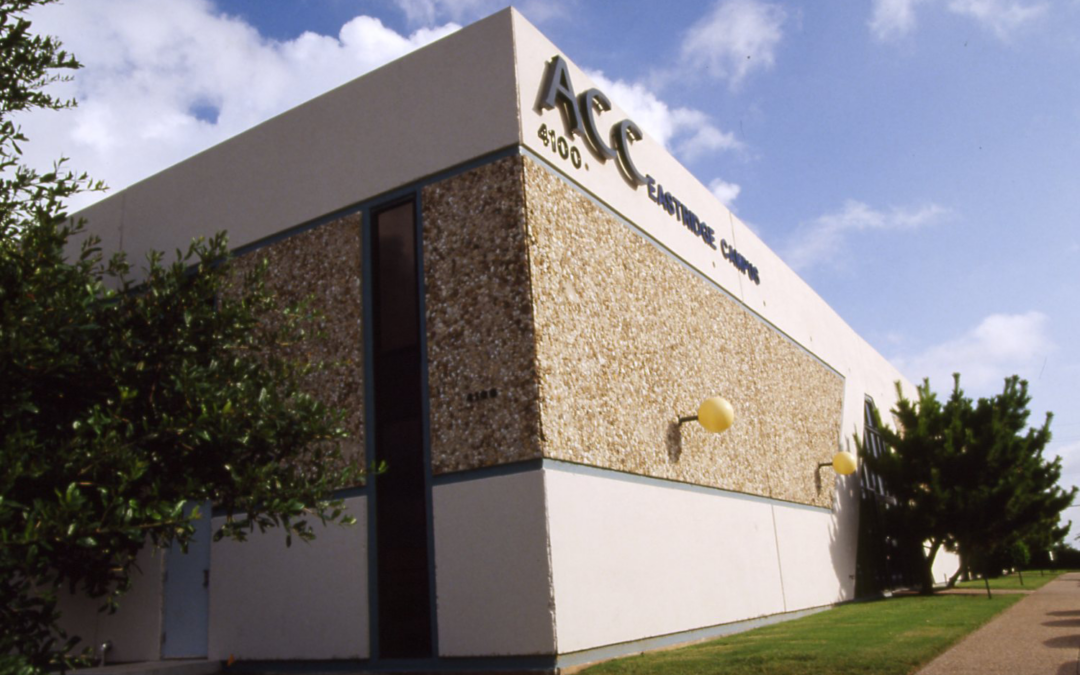In 1989, the Austin Community College Board of Trustees announced that the school would no longer utilize the building on Neal and Thompson streets that served as L. C. Anderson High School. Even more impactful, the Board resolved not to replace it, contending that the site was unsuitable for any building because he ground beneath it was unstable and that posed a danger to anyone inside any structure on the site.
Some of the trustees, and ACC’s president Dan Angel, suggested that both the brand new, modern, and well-equipped Riverside and Northridge campuses were located close enough to East Austin were more than simply acceptable alternatives. Many East Austin residents, however, like Texas state representative and former AISD/ACC trustee Wilhelmina Delco, were outraged. On the ACC Board, Delco voted to approve a motion to look for potential sites for a new ACC campus elsewhere in East Austin. It was especially important to low-income, working-class families that the city of Austin take steps to provide access for minority residents who had been forced into racially segregated neighborhoods in the first place, a process begun in the 1920s by formal city policy and more informal “red-lining” intended explicitly to concentrate minorities into sharply defined enclaves. Now that blacks and Hispanics had created their own vibrant communities, whites were telling them they should go to schools miles away to tear them apart by taking Ridgeview from them and telling them they could attend schools miles away. The reality was that many African-American and Latinx residents of East Austin did not have reliable transportation or money to pay for child care while they attended classes. What sealed the deal was the purchase of an adjacent field of sunflowers that was paved over and made into a parking lot.
In response to the voices of disappointment and anger emanating from east of I-35 and warnings from James Brader, the College’s vice-president for planning, that the Ridgeview building was unsafe, ACC’s trustees voted to spend $20,000 a month to lease and $400,000 to renovate a 27,500 square foot, two-story former production plant located at 4100 Ed Bluestein Boulevard and turn it into ACC’s seventh campus, a branch campus called Eastridge. Furnishings, equipment, and supplies cost another $210.000. Board member and former all-American football player at the University of Texas Roosevelt Leaks insisted that it’s not enough to have top-flight programs and facilities for minority students. Schools like ACC must provide access to those facilities.
In truth, ACC was not yet prepared to make the kind of commitment to East Austin that civic leaders and ordinary citizens who lived there wanted–actually demanded! That didn’t begin to happen until the late 1990s. The catalyst came on February 1, 1997, when the Board of Trustees installed Richard Fonte as ACC’s new president
Source: Austin American-Statesman, August 9, 1989 and March 20, 1997

